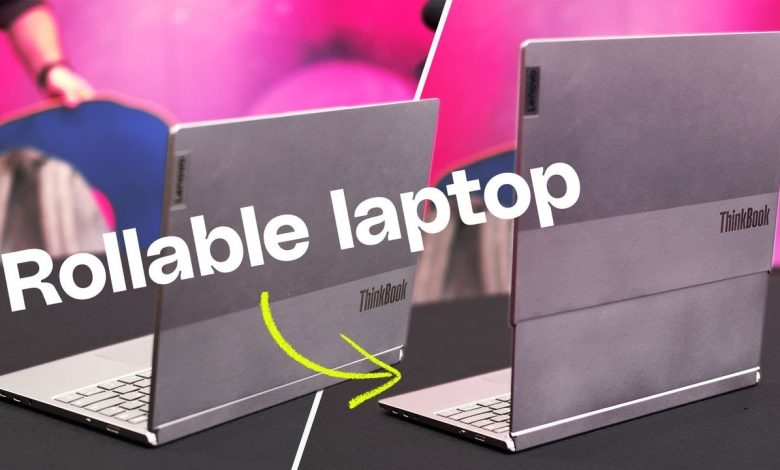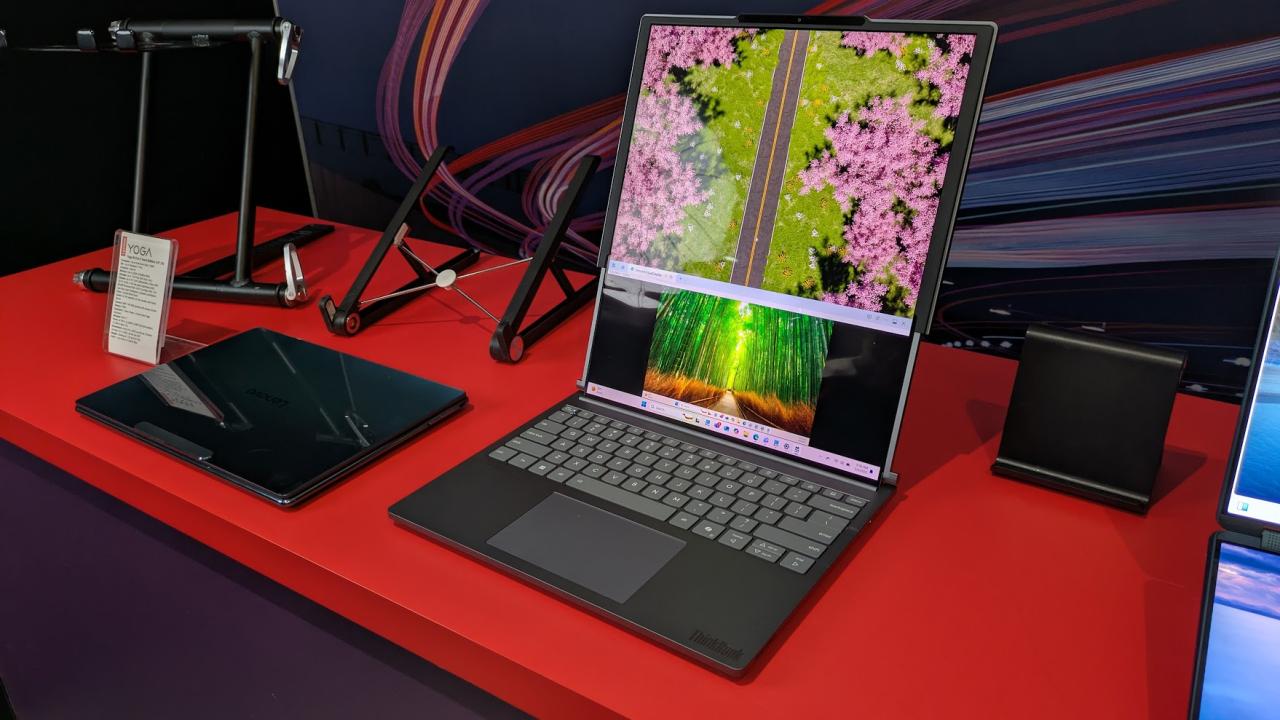Rollable Laptop Screens Debut

The laptop industry has reached a revolutionary milestone with the debut of rollable display technology, marking a significant leap forward in portable computing. These innovative screens that expand and retract on demand are poised to redefine our concept of mobile workstations. This comprehensive guide explores everything you need to know about this groundbreaking technology, from how it works to the first commercially available models hitting the market.
Understanding Rollable Display Technology
Rollable screens represent the next evolution in flexible display innovation, building upon the foundation laid by foldable devices. Unlike traditional rigid panels or even foldable screens, these displays:
A. Core Technical Specifications
-
OLED-based flexible panels that roll into compact housings
-
Motorized extension mechanisms for smooth deployment
-
Durable polymer substrates resistant to 100,000+ roll cycles
-
Self-healing coatings to prevent micro-scratches
B. How Roll Mechanism Works
-
Compact Storage: Screen rolls into a cylindrical chamber
-
One-Touch Extension: Motorized system unfurls display
-
Adjustable Sizing: Users can stop at intermediate sizes
-
Auto-Retraction: Safety sensors prevent damage
C. Advantages Over Traditional Designs
-
40% smaller footprint when retracted
-
No crease issues plaguing foldables
-
Lighter weight than conventional laptops
-
Customizable screen real estate
First-Generation Rollable Laptops: 2025 Models
Several tech giants have unveiled their inaugural rollable laptop models, each with unique implementations:
1. LG Rollable (Flagship Model)
✅ Key Features:
-
16″ expandable to 19″ display
-
4K resolution with 120Hz refresh
-
Military-grade durability certification
Best For: Creative professionals needing large, portable canvases
2. ASUS Zenbook Roll
✅ Key Features:
-
14″ to 17″ adjustable screen
-
Specialized digital artist mode
-
Ultra-slim 10mm chassis
Best For: Digital artists and mobile designers
3. Lenovo ThinkPad Roll
✅ Key Features:
-
Business-focused security features
-
Tactile feedback keyboard
-
Modular component system
Best For: Enterprise users and frequent travelers
Technical Breakthroughs Enabling Rollable Screens
Several cutting-edge innovations made this technology possible:
A. Advanced Materials Science
-
Ultra-thin glass substrates (0.1mm thickness)
-
Nanowire conductive layers maintaining flexibility
-
Hydrophobic coatings for weather resistance
B. Precision Engineering
-
Micro-gear extension systems
-
Tension control algorithms
-
Dust-proof rolling mechanisms
C. Software Adaptations
-
Dynamic resolution scaling
-
Auto-layout adjustment
-
Multi-aspect ratio support
User Experience: Benefits and Considerations
Early adopters report several advantages and some growing pains:
A. Transformative Benefits
-
Perfect airport/train workspace optimization
-
Seamless transition between tablet/laptop modes
-
Reduced baggage space requirements
B. Current Limitations
-
Premium pricing (starting at $2,499)
-
Slightly thicker profile when rolled
-
Limited third-party software optimization
Comparative Analysis: Rollable vs Traditional vs Foldable
| Feature | Rollable | Foldable | Traditional |
|---|---|---|---|
| Portability | ★★★★★ | ★★★★ | ★★ |
| Durability | ★★★★ | ★★★ | ★★★★★ |
| Screen Size | Adjustable | Fixed sizes | Fixed |
| Price | $$$$ | $$$ | $$ |
| Innovation | Cutting-edge | Established | Mature |
Verdict: Rollables offer unmatched versatility for mobile professionals willing to pay premium prices.
Future Developments in Rollable Tech

The technology is rapidly evolving with several exciting advancements coming:
A. Near-Term Innovations (2025)
-
Dual-direction rolling (width and height)
-
Solar charging integrated displays
-
Haptic feedback surfaces
B. Long-Term Projections (2030)
-
Full-body rollable devices
-
Self-repairing display layers
-
Neural interface compatibility
Purchasing Considerations
Before investing in a rollable laptop, evaluate these factors:
A. Primary Use Cases
-
Mobile professionals benefit most
-
Casual users may not justify cost
B. Budget Planning
-
Expect 30-50% premium over conventional flagships
-
Enterprise leasing options emerging
C. Ecosystem Compatibility
-
Software support varies by manufacturer
-
Accessory availability still developing
Industry Impact and Market Projections
Analysts predict rapid adoption curves:
-
2024: Early adopter phase (0.5% market share)
-
2026: Mainstream acceptance (8% share)
-
2028: Potential market dominance (35%+ share)
The technology is particularly disrupting:
-
Digital art and design sectors
-
Mobile business solutions
-
Education technology applications
Final Verdict: Who Should Upgrade Now?

✅ Ideal Candidates:
-
Frequent business travelers
-
Digital content creators
-
Tech enthusiasts wanting cutting-edge innovation
❌ May Want to Wait:
-
Budget-conscious consumers
-
Users with stable workstation setups
-
Those preferring mature technologies